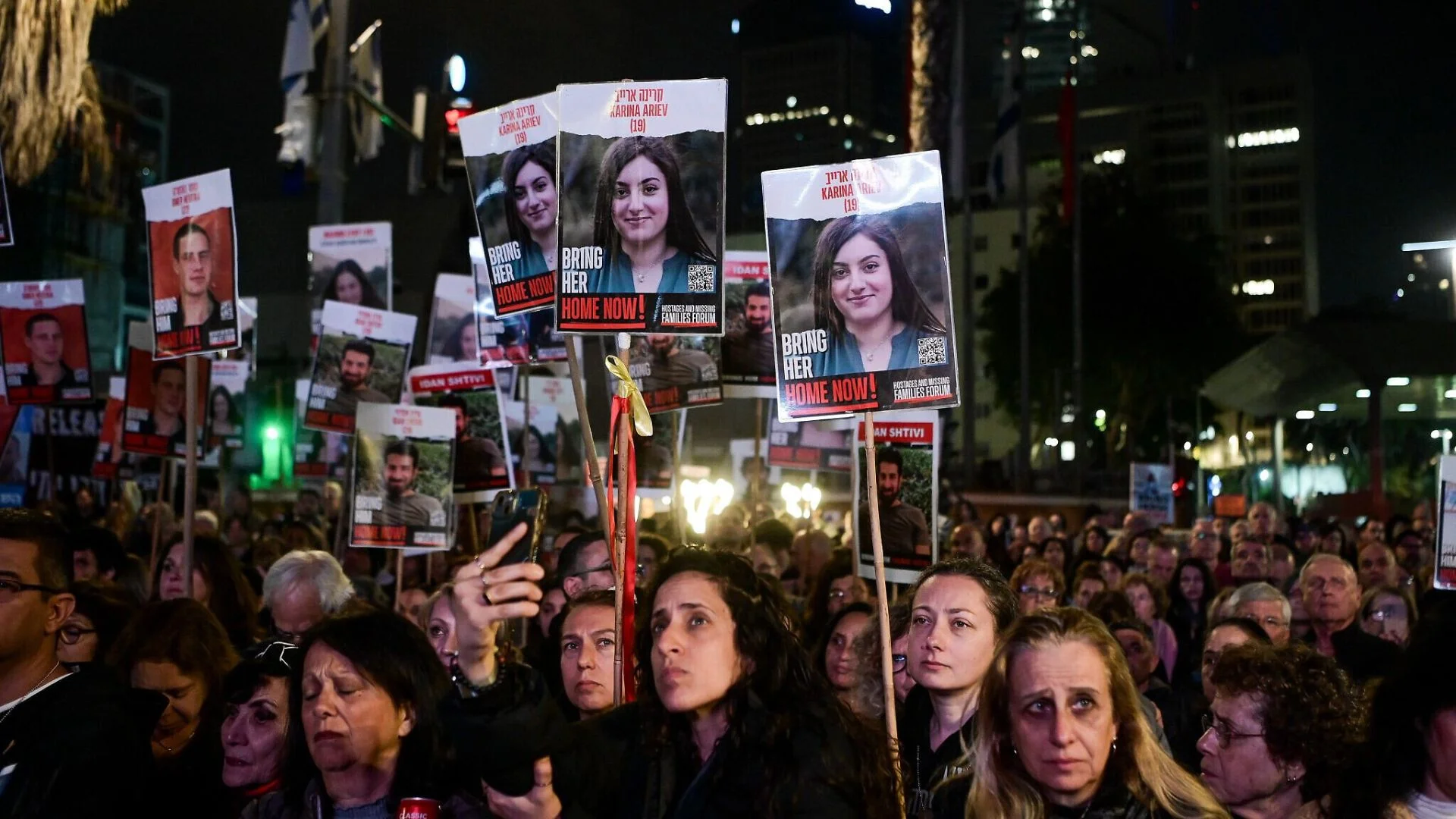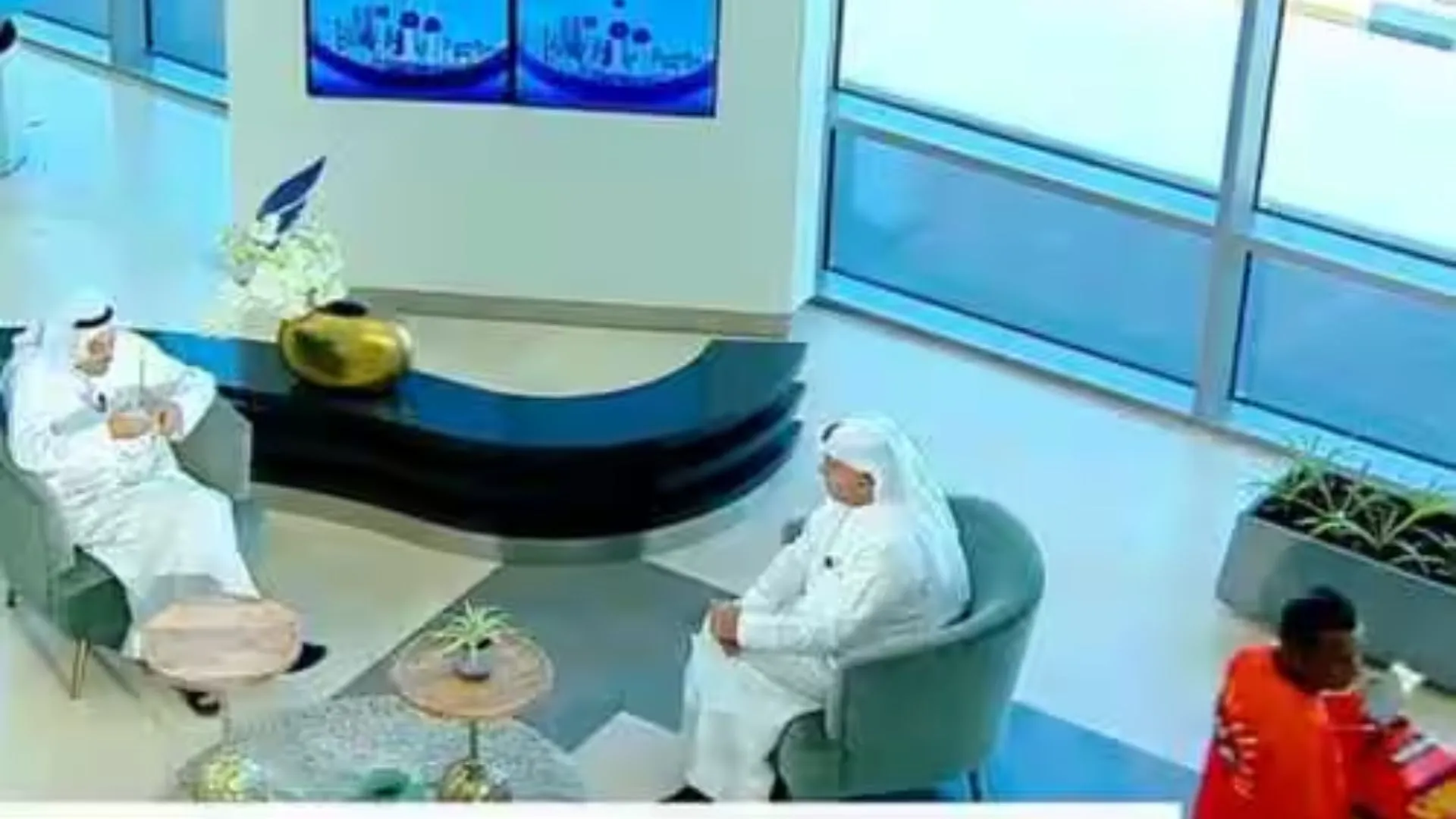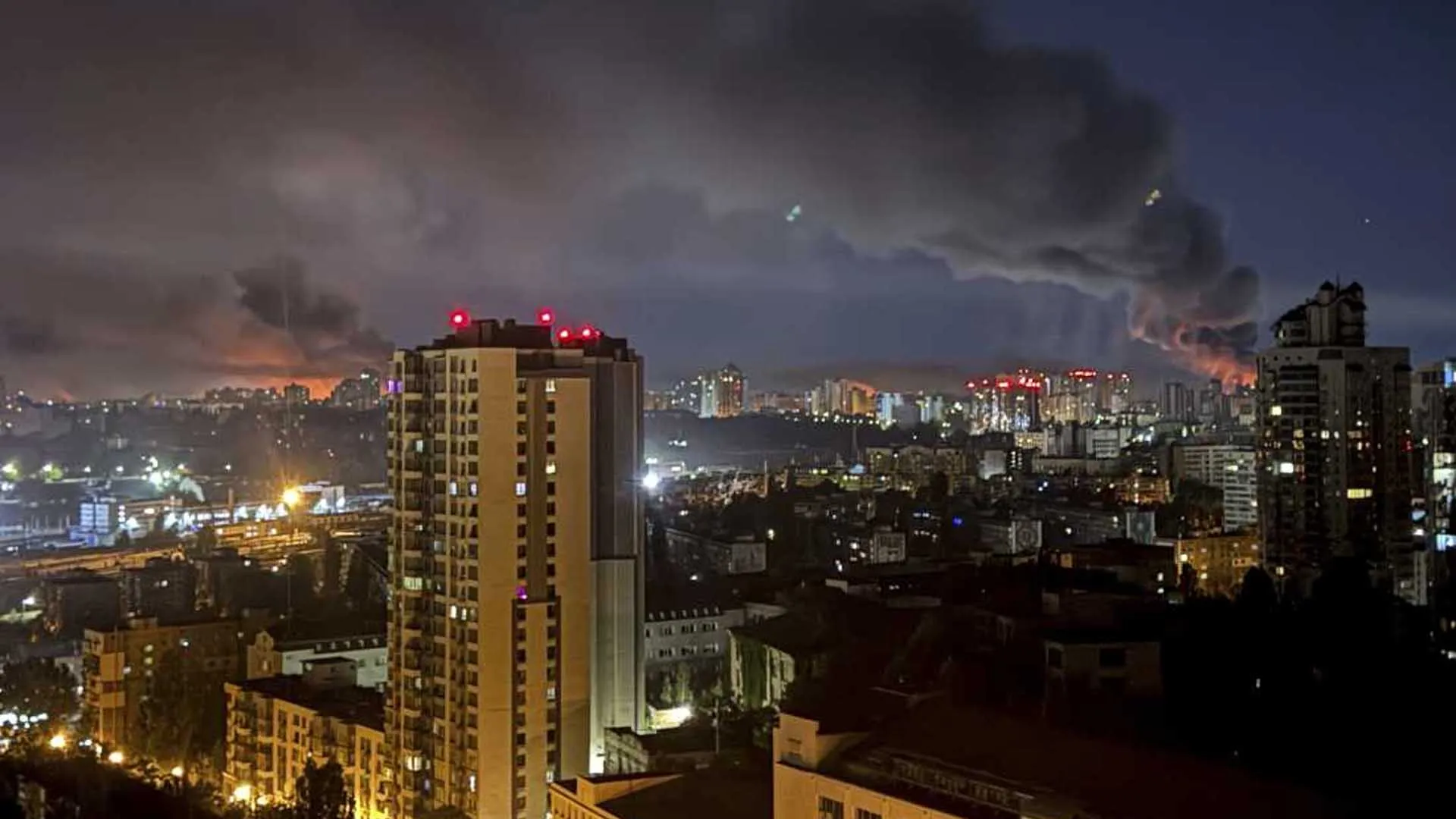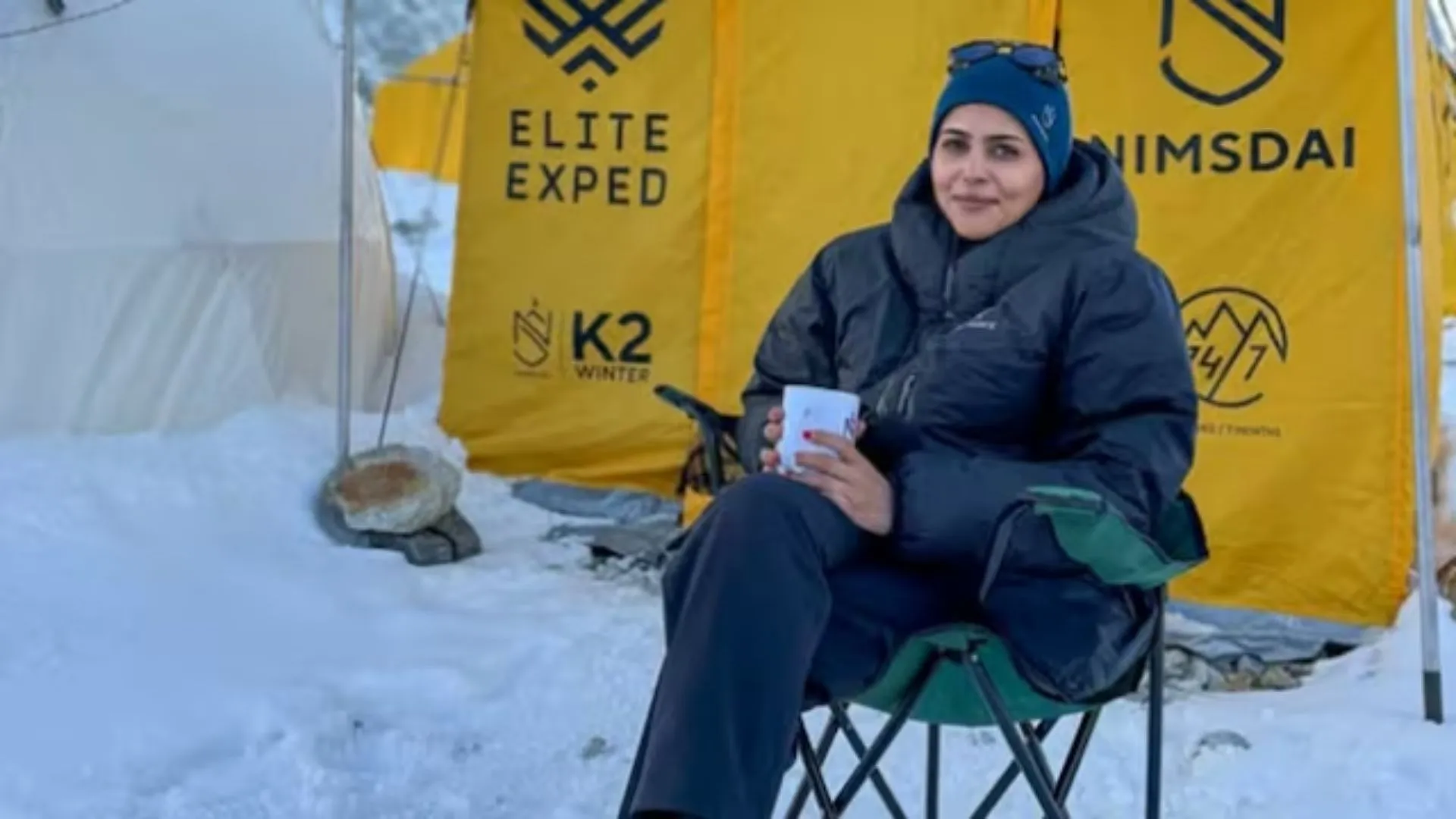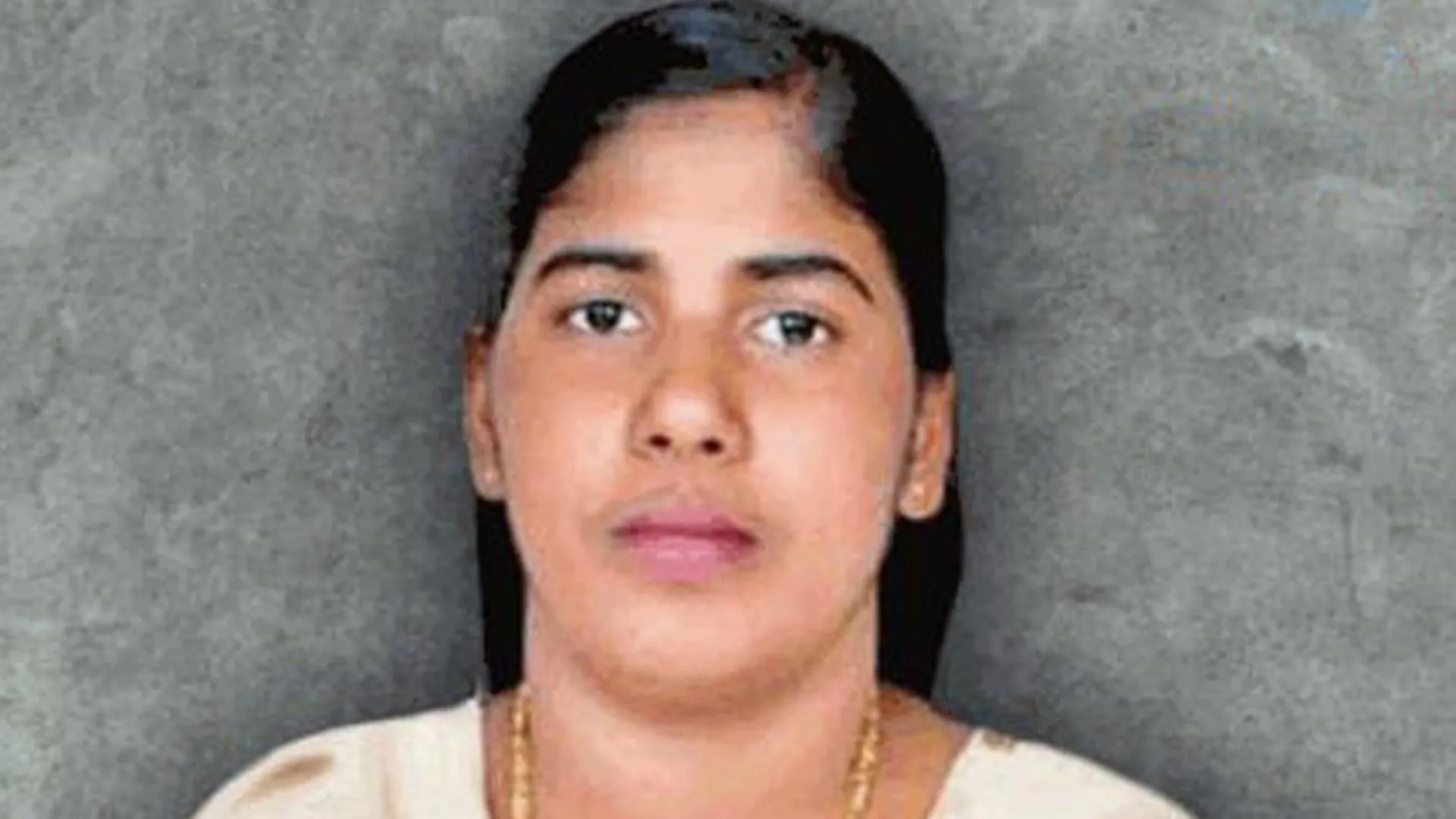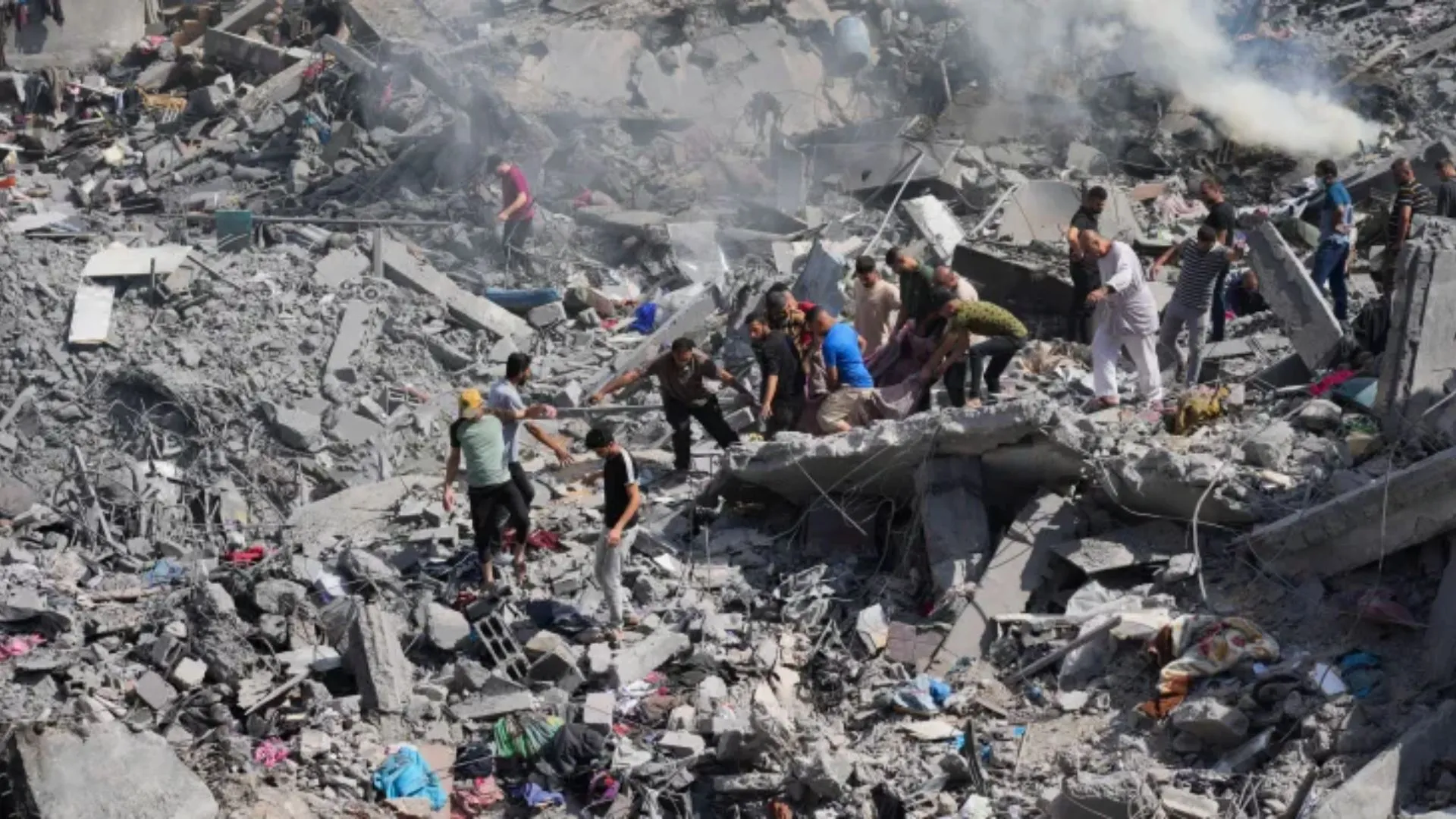Iran’s Supreme Leader Ayatollah Ali Khamenei emerged publicly for the first time on July 5, days after a bitter 12-day conflict with Israel. Khamenei appeared wearing black mourning attire, smiling and waving at crowds at Tehran’s Imam Khomeini Mosque during a Shia religious ritual. Following weeks of public disappearance that stoked intense speculation about his safety and well-being, he made a brief return.
One of the most direct conflicts between the two adversaries in decades, the war broke out on June 13 after Israel launched surprise airstrikes on Iranian military and nuclear facilities. Khamenei’s low profile during the conflict raised global attention, and reports hinted he may have been hiding in a secure underground bunker. His reappearance now appears aimed at signaling strength, unity, and control.
Where was Khamenei during the war?
Ayatollah Khamenei disappeared from public sight on June 11, when he met with Iranian Parliament members for the last time. Two days thereafter, Israel attacked important Iranian installations, initiating a military operation which lasted about two weeks. During this period, Khamenei shunned all public appearances as well as electronic communications. His sole communication was a pre-recorded video message released last week.
Reports indicated that the Supreme Leader had been transferred to an extremely secure underground complex to prevent possible attempts on his life. With increased threats from Israel and subsequent interference by the United States, Iran probably took drastic security precautions to secure its 86-year-old leader.
Health fears grow amid silence
Khamenei’s prolonged absence stoked intense rumors about his health. His archive chief, Mehdi Fazaeli, gave a vague response when asked directly about it during an interview with The New York Times.
He said, “We all should be praying,” and reassured viewers that his protection team was doing its job. His cryptic answer only deepened public unease. Many Iranians worried whether their Supreme Leader was seriously ill or worse.
Public return signals political intent
Khamenei’s return on Saturday came with chants from the crowd, “The blood in our veins for our leader!” His appearance—physically steady and smiling—seemed carefully staged to restore public confidence. It conveyed the message that, in spite of the recent conflict and internal succession concerns, Iran’s leadership is still in place.
Iran hopes to show stability by resurfacing at this time. Khamenei’s strategic return aims to dispel any doubts that had grown while he was away. However, his quiet during the conflict’s peak is still a notable instance in Iran’s history as a leader.


